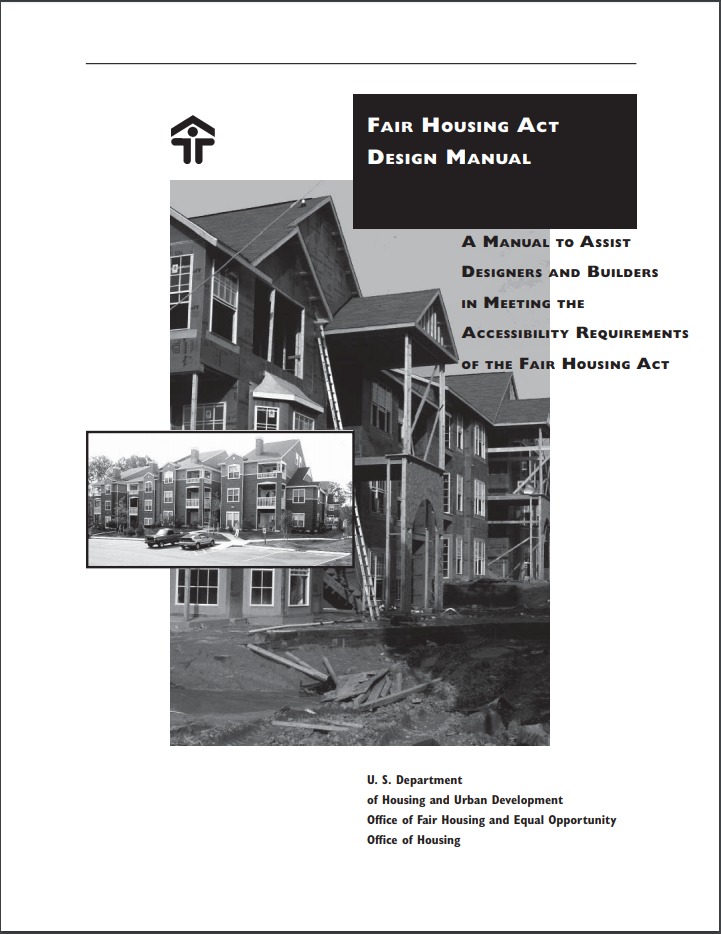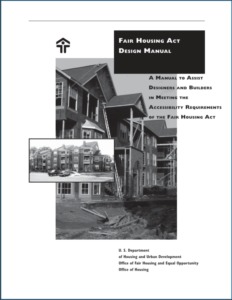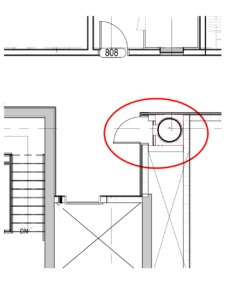- July 08, 2024
- 0 Comments
- In Accessible Design and Construction Certifications & Programs
- By Peter Stratton
The number of multifamily residential projects targeting Passive House certification has been rising steadily over the past decade, bringing along many exciting challenges.
This has been especially prevalent in New York City, where increasingly stringent energy standards and a desire for innovation have made designing to Passive House standards an attractive goal.
As the number of Passive House projects passing through our offices in New York City; Washington, DC; Boston; and Norwalk, CT continues to grow, we have seen some important overlaps with one of our other consulting services: accessibility compliance.
In the United States, multifamily new construction projects consisting of four or more dwelling units are subject to the Fair Housing Act, as well as state, city, and local accessibility laws and codes. Projects targeting Passive House certification must comply fully with all applicable accessibility requirements.
In this blog post, we will focus on projects in NYC—although most newly constructed residential projects across the country will be subject to some variation of the criteria discussed below, for both Passive House and accessibility standards. (more…)


 Compliance with the accessible design and construction requirements of the Fair Housing Act (FHA), a federal civil rights law, has significantly improved since the early 1990s when the regulations were promulgated. Unfortunately, a quick search of recent news articles will reveal that noncompliance with basic FHA requirements continues to be a problem in newly constructed multifamily projects nationwide. Owners, developers, architects, and others are still cited for noncompliance with the FHA’s seven design and construction requirements even though it has been more than 30 years since those requirements went into effect.
Compliance with the accessible design and construction requirements of the Fair Housing Act (FHA), a federal civil rights law, has significantly improved since the early 1990s when the regulations were promulgated. Unfortunately, a quick search of recent news articles will reveal that noncompliance with basic FHA requirements continues to be a problem in newly constructed multifamily projects nationwide. Owners, developers, architects, and others are still cited for noncompliance with the FHA’s seven design and construction requirements even though it has been more than 30 years since those requirements went into effect. The image on the left depicts a trash chute closet (circled in red) in a
The image on the left depicts a trash chute closet (circled in red) in a